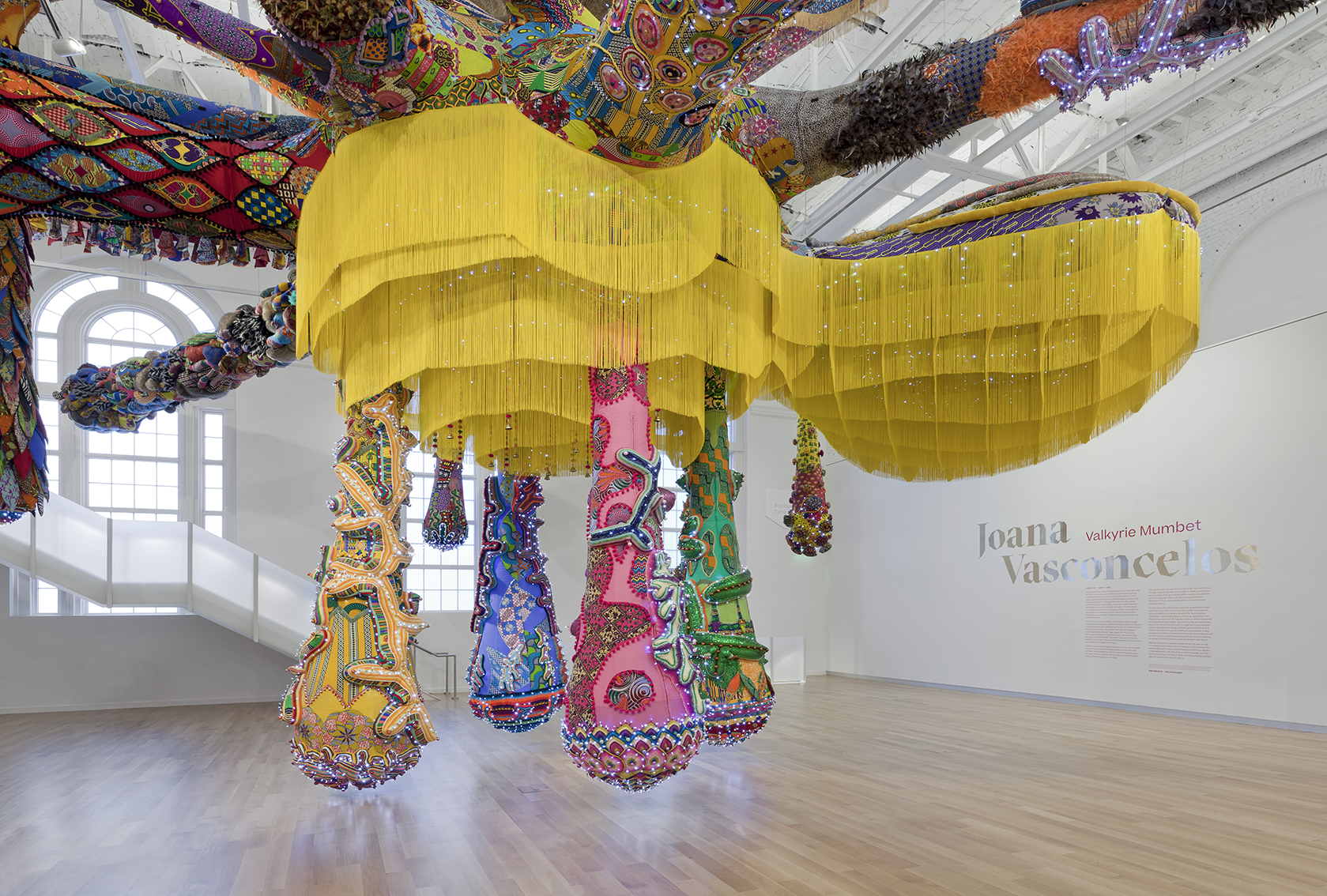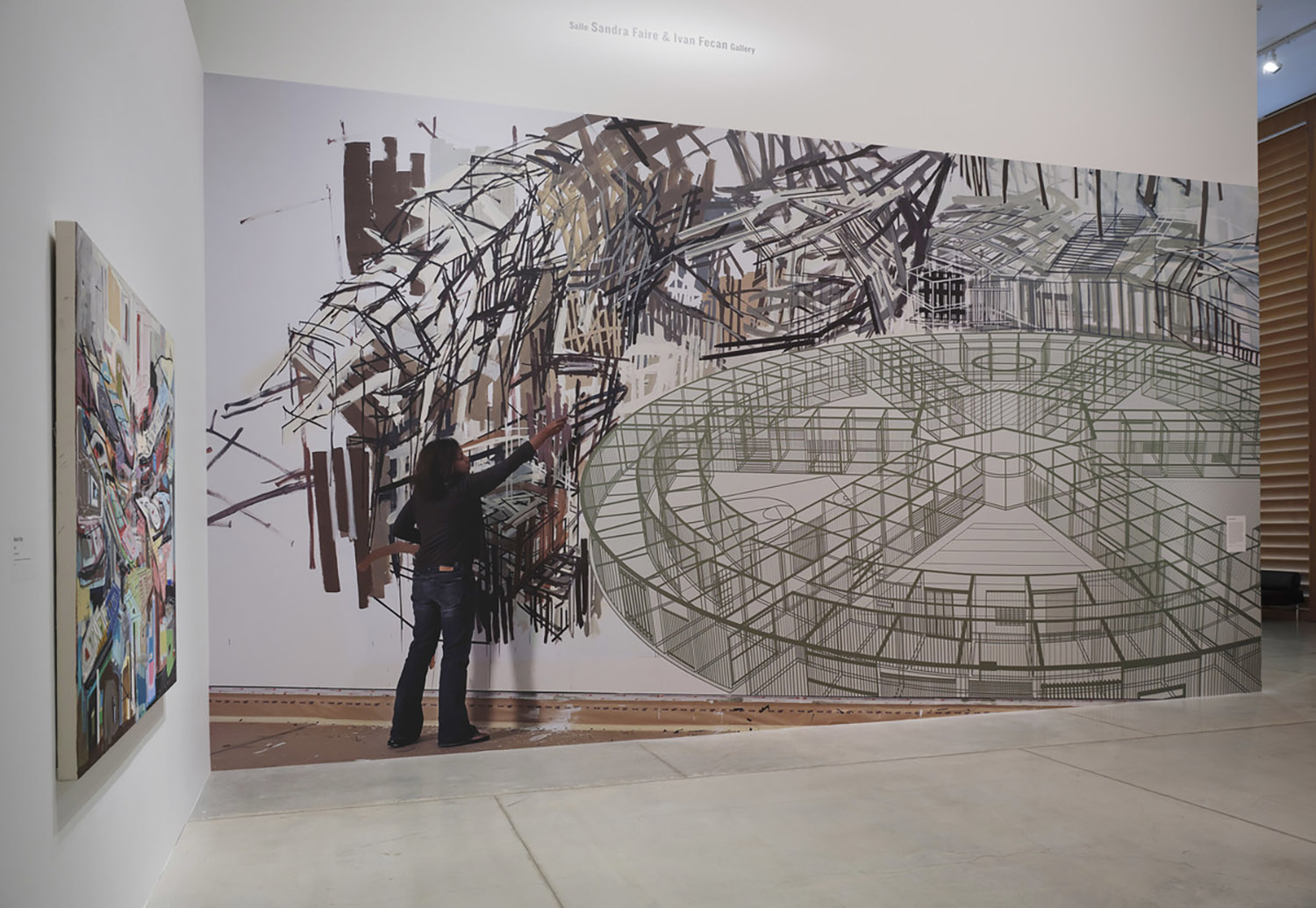
MassArt Art Museum, Boston
On view through 2022
On view through 2022
My students at the School of the Art Institute of Chicago say that they’re getting tired of political art. It was somewhat surprising to hear at first, but an animated class discussion drove their point home: sometimes, identity politics can submerge the individual beneath layers of racial and gender constructs. After all, these are young adults trying to find themselves during tough times—the aftermath of Trump’s America still tormented by simmering racial tensions and the emotional, financial, and cultural destruction inflicted by a once-in-a-century pandemic. Above their heads hovers the apocalyptic doom of climate change. This generation already had little hope about their future in 2019 when, by comparison, the world seemed a lot less broken. One student said, “Political art doesn’t change anything.” Others nodded. Is this the beginning of a post-2020 backlash?
Political art is no new thing. One can look at Hannah Hoch’s photomontages from the 1920s and 1930s in which she mocked the politicians of the time. It is pioneering work. It’s powerful. But it didn’t stop politicians from becoming more and more corrupt. Picasso’s Guernica didn’t stop the Second World War, or all those that followed. Kara Walker’s haunting post-colonial critiques haven’t ended racism.
Create your free profile or log in now to read the full text!
My Account


